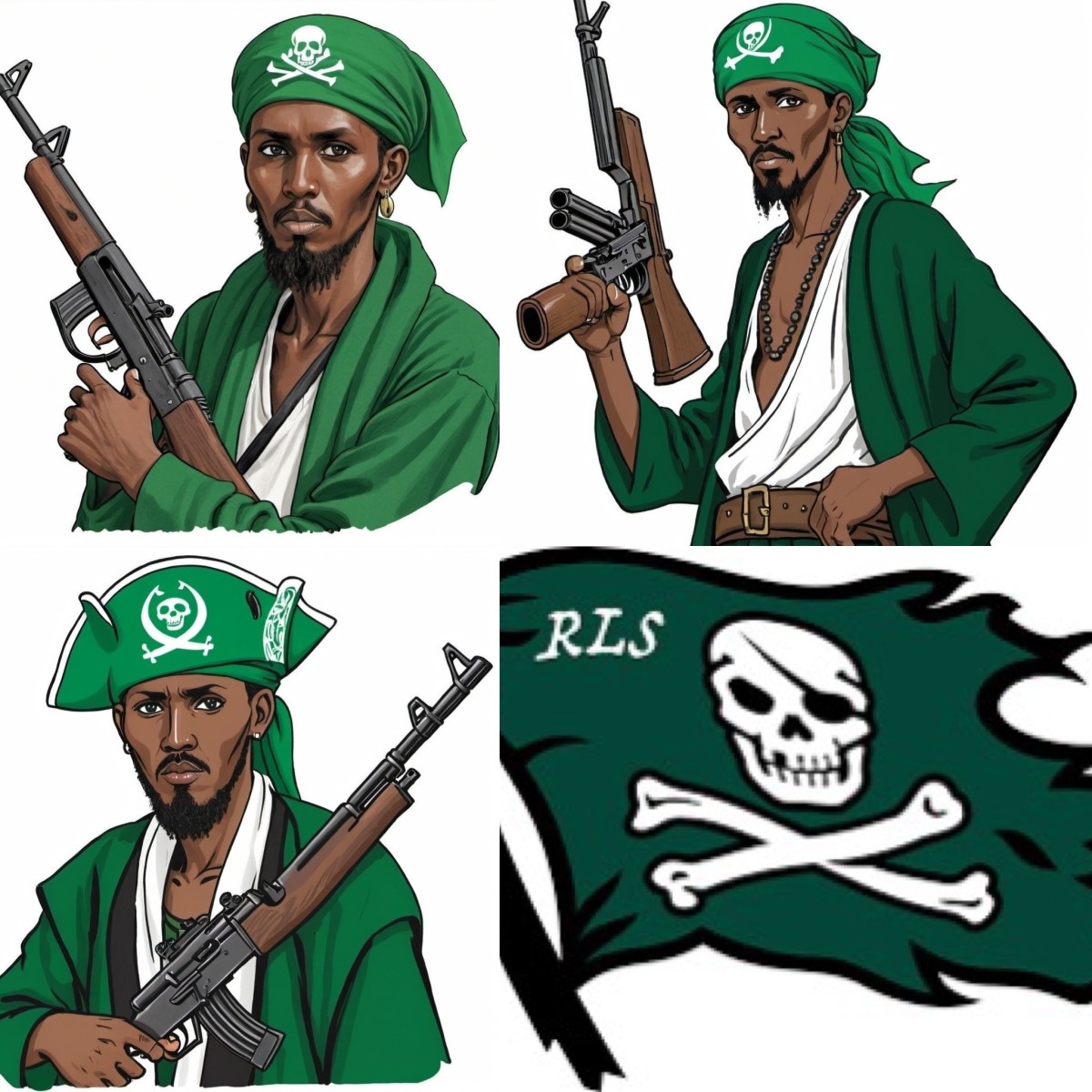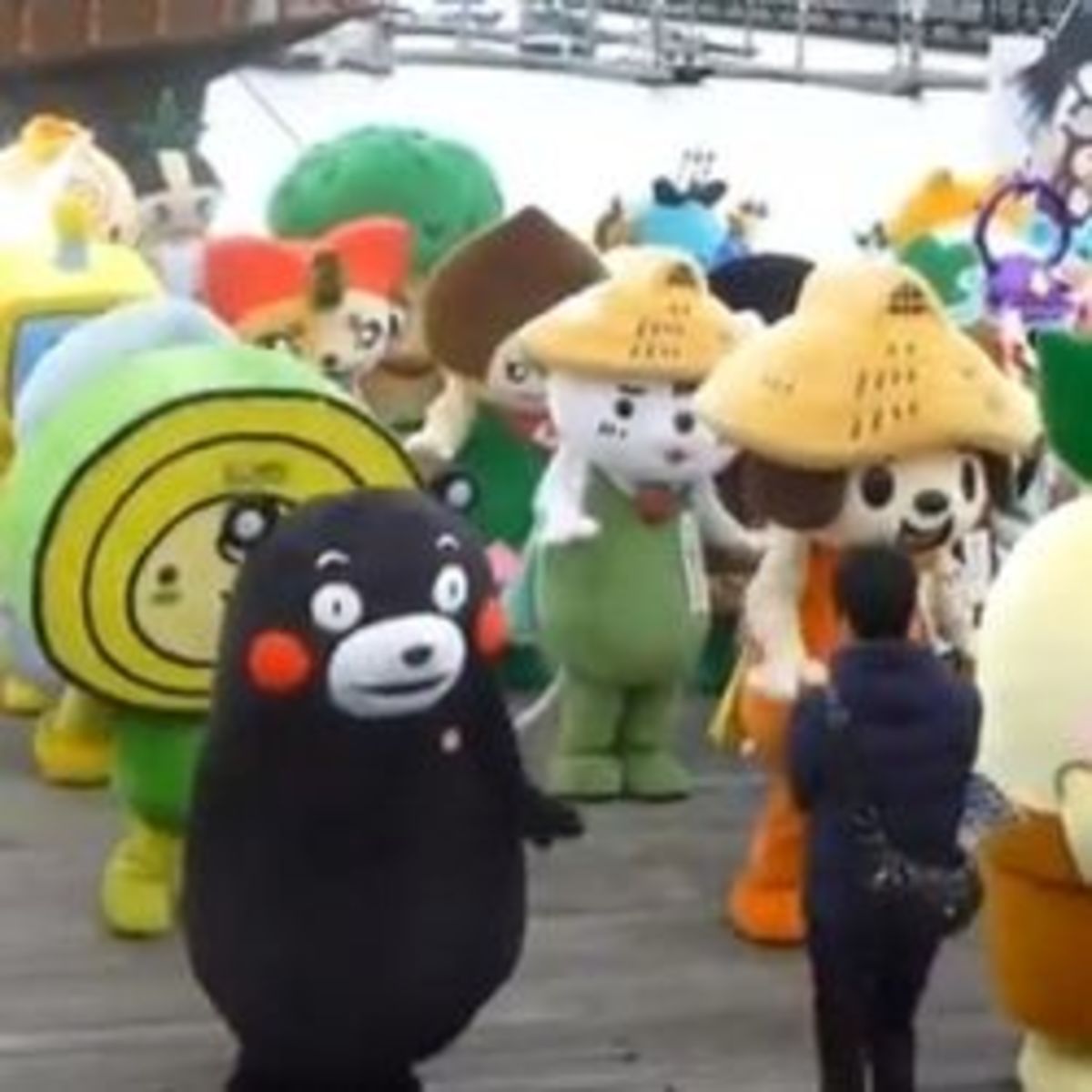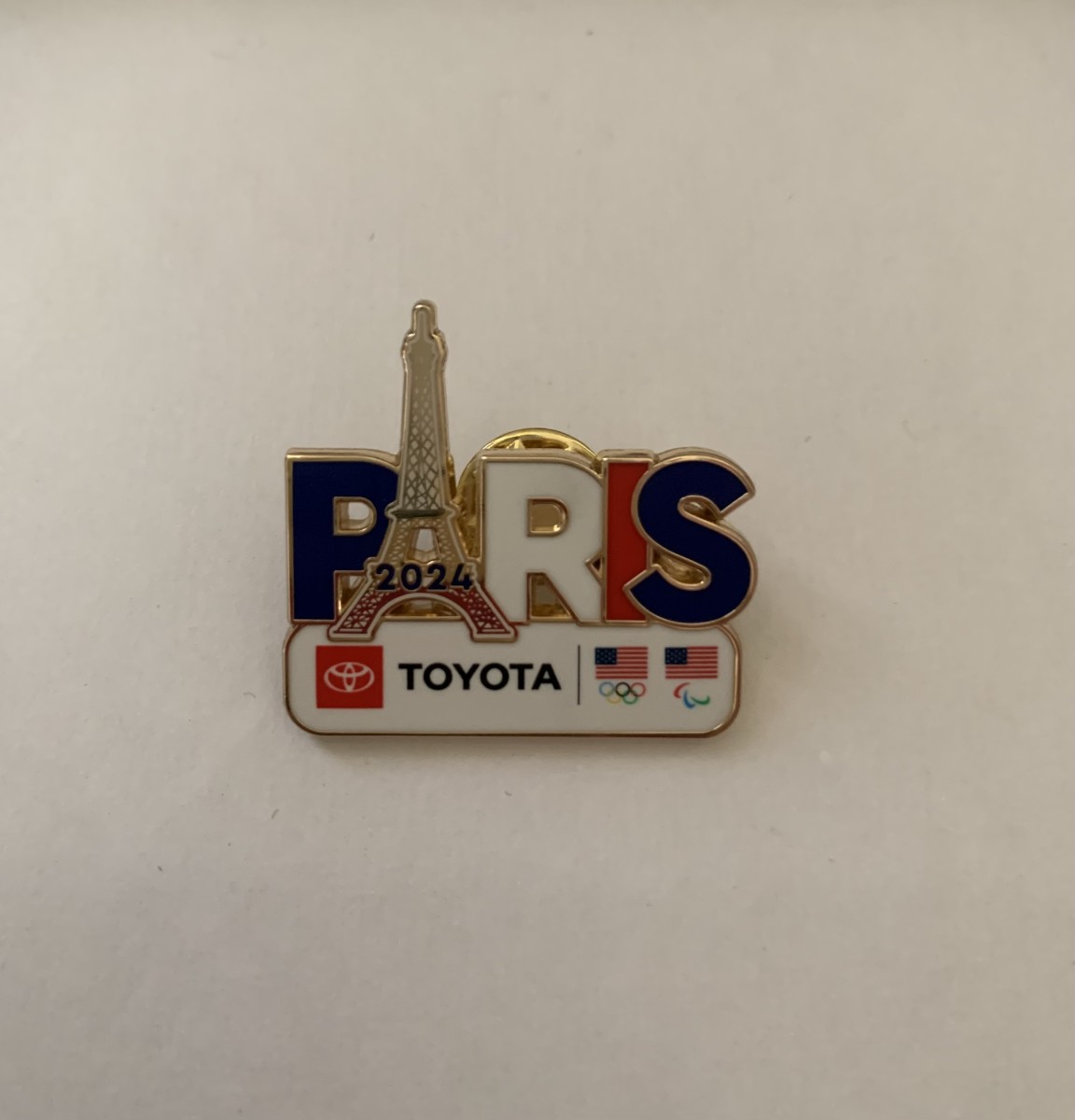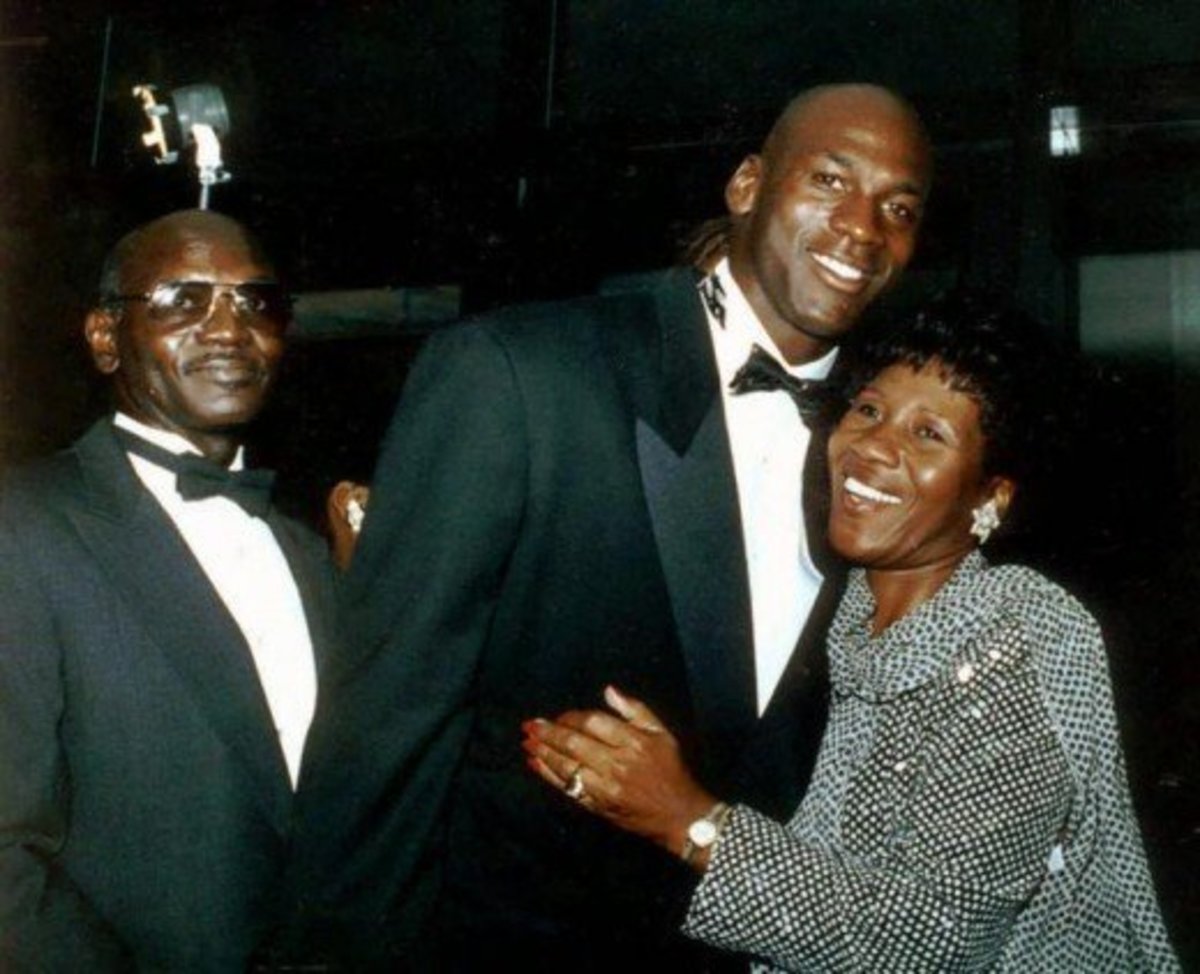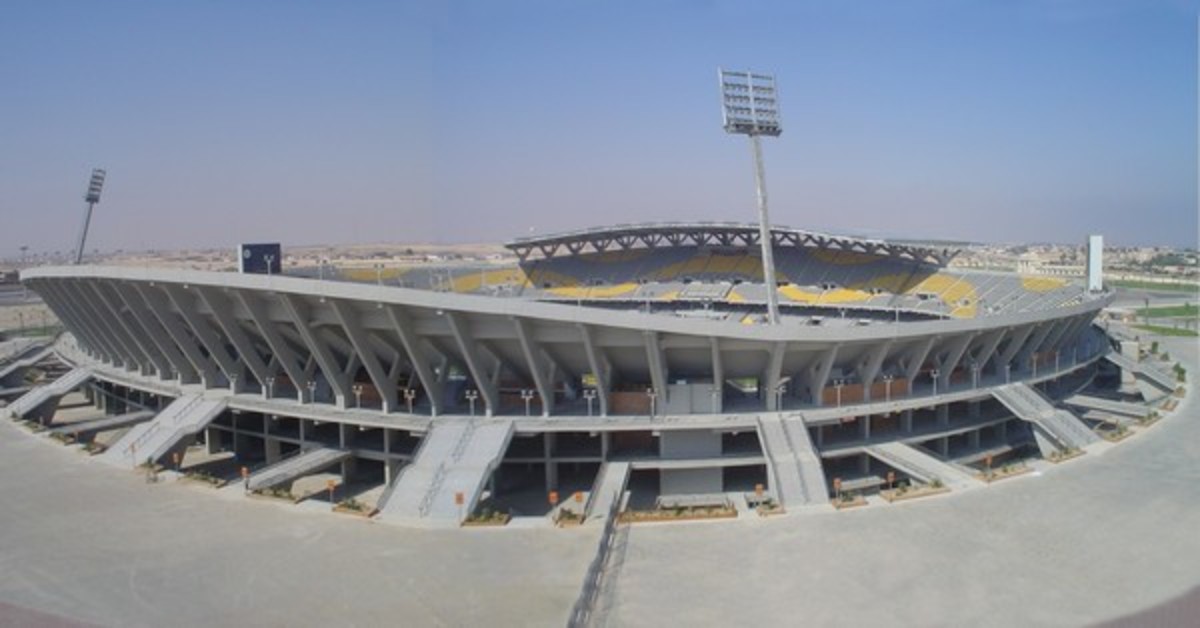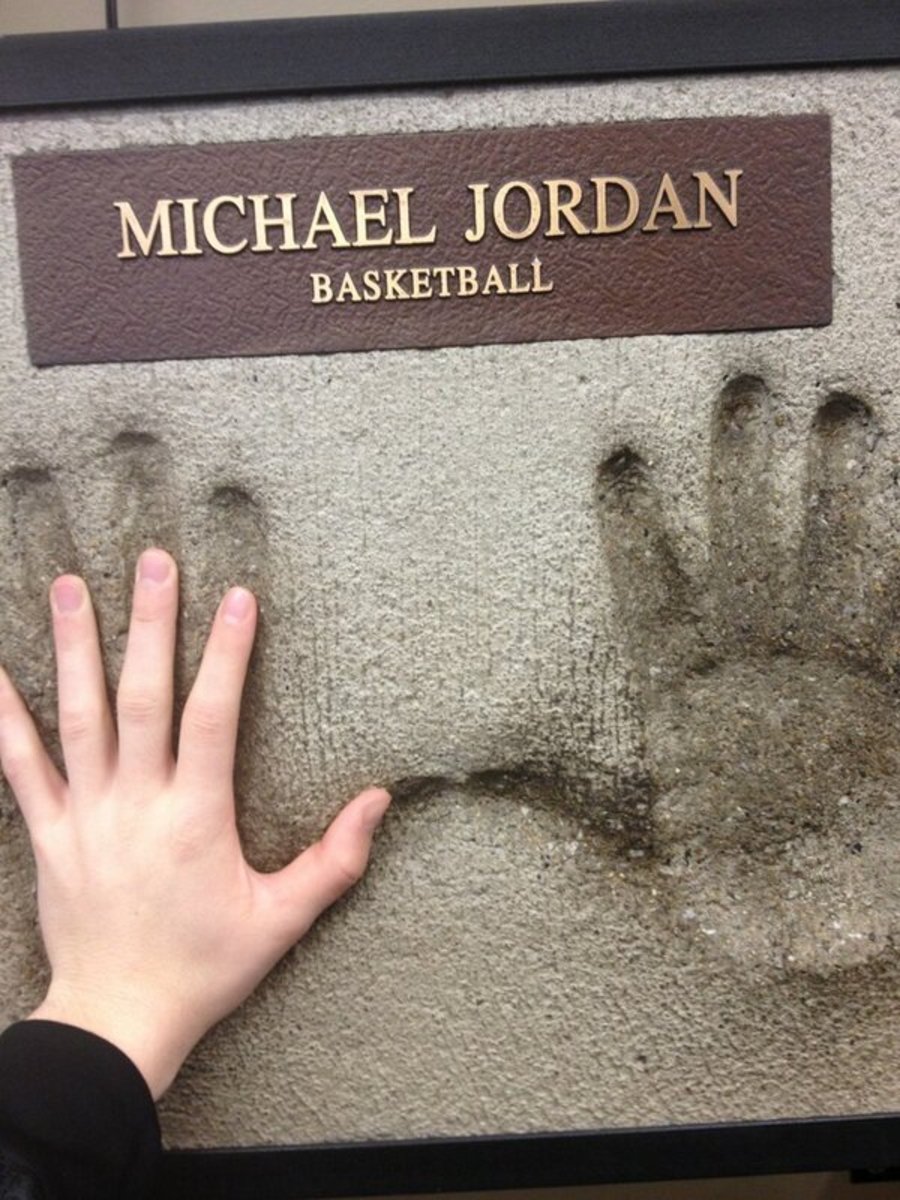Mascot of Commonwealth Games 2010 Delhi
What is a mascot?
The dictionary meaning of the word "mascot" is an animal or a toy or a person dressed like an animal, which represents a team or organization. Mascots were thought to bring "good luck" to the team or organization.
Since times immemorial, every big or small sporting event or team had their mascots which were the symbols for identifying the team or event, as well as believed to be associated with good luck. Nowadays, as sporting events are big time money spinners, the significance of the mascots have gone beyond the "good luck" factor and also plays a key role in merchandising and publicising.
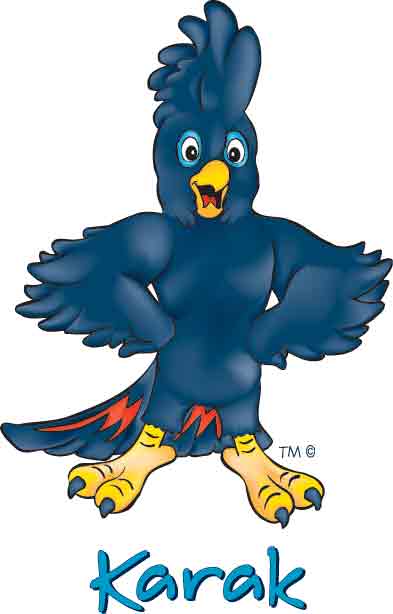
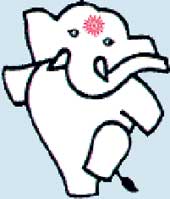
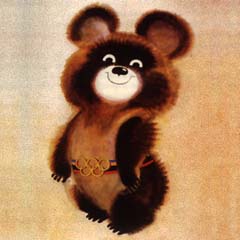
Significance of Mascots in Sports
- Mascots are symbols to unite different teams, people, nations or organizations into a single cohesive unit. For example, when spectators watch a big national or international sporting event, they wear T-shirts or caps having the images of the particular mascot of the event, a feeling of oneness is generated within a large diversified community
- The mascots have a friendly face and help to keep up the high spirit of the competition
- Interestingly in most of the big sporting events, animals are chosen as mascots. The host country or team chooses an indigenous animal and designs an "anthropomorphic" figure of that animal as the mascot. Some human characteristics in-sync with the motto of the team or nation are endowed into the animal mascot to make it more lively and real.
- Usually volunteers are invited to play the role of human mascots during the staging of the sports events and the associated ceremonies, where people get dressed like the mascot and greet and socialize with the participants, spectators and other visitors.
- Some mascots become very popular among the people and do really well on media, they retain their popularity in various forms even after the particular sports event is over. For example, the little elephant "Appu", the mascot of Asiad Games 1982 was remembered by building a theme park in Delhi called "Appu Ghar". Also, Misha the bear mascot of Moscow Olympics 1980, is still in the childhood memories of many.
- Mascots generate an ancillary merchandising program, which help the team, college or the event organizers to collect added revenues and enhance their mascot's appeal with patrons and fans. For example, T-shirts, caps, shorts, jerseys, shoes and other sports clothing with mascot images become a popular sale. Sports equipments, stuffed toys of mascots, posters, cards, colouring books, key chains, coffee mugs, fridge magnets etc. with mascot prints become very popular as gift tokens.
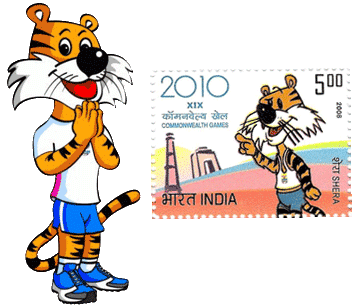
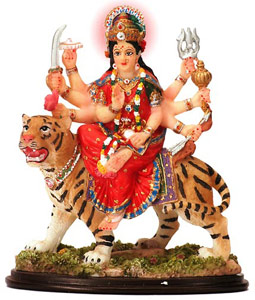
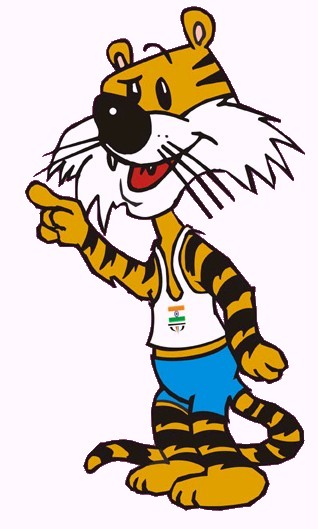
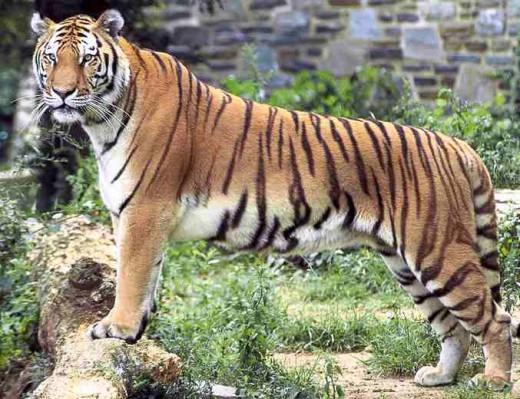
Mascot of Commonwealth Games 2010 Delhi
The official mascot:
In the upcoming XIXth Commonwealth Games 2010, in Delhi, the capital city of India the official mascot is an anthropomorphic tiger called Shera. The name "Shera" comes from the Hindi word 'Sher' - meaning tiger. Royal Bengal Tiger is the national animal of the country and the mascot Shera truly represents a modern Indian.
Shera is wearing a white sporting jersey, blue shorts and sports shoes with white and blue streaks.
He was first introduced to the world during the closing ceremony of 2006 Commonwealth Games at Melbourne, when he had invited all those who were present to join him at 2010 Games in Delhi.
Connections with Indian mythology:
Tigers hold a very strong position in Indian mythology. He is the war vehicle of Maa Durga, the Goddess of Power (Shakti) who rode on her tiger and fought the fierce battle against the dreaded demon, Mahishashur. Mother Goddess, (native name: Maa Sherowali) worshipped as the destroyer of evil is always accompanied by her loyal and valorous tiger.
Characteristics of the mascot Shera:
- Shera embodies the values which the nation is proud of: majesty, courage, power and grace.
- A ferocious contender, Shera does not compromise on its veracity and sincerity
- The mascot Shera is a large-hearted gentleman with a friendly demeanour and loves socializing with people from all around the world
- On field, Shera is intelligent, agile, athletically dexterous and a good-spirited sportsman
- With his jovial attitude, Shera gets connected to the nation's youth and elderly, motivates them to be proactive and indulge in sports activities
- Being the most visible face of the Commonwealth Games 2010, he goes around and inspires all the people to "come out and play" and urges everyone to make the Games a great success
A reminder of ugly truth:
The mascot Shera also reminds us of the stark reality of the threatened status of the tigers, their population dwindling due to the habitat loss and poaching. He alerts us of our collective responsibilty towards fortification of their fragile ecosystem.
Read my other hubs on Commonwealth Games 2010
- Green Initiatives for Commonwealth Games 2010
Delhi, the capital city of India is getting beautified like a bride for the upcoming mega-sporting event, Commonwealth Games 2010 in October. The 12 day event from 3rd to 14th October 2010 will involve 71... - The Queen's Baton Relay in Commonwealth Games 2010
The Queen's Baton Relay is one of the greatest traditions in the Commonwealth Games since the time of its inception in 1958. It bears the same honour in the Commonwealth Games as the torch in the Olympic...
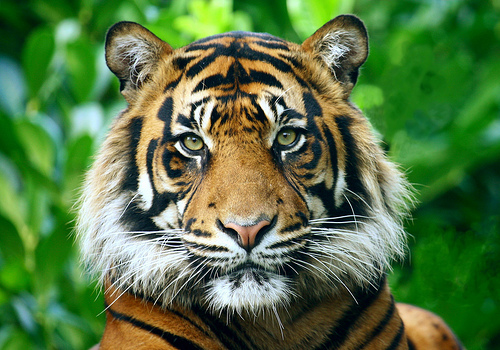
Shera's Family on the Brink of Extinction
The irony is that Shera, the happy mascot of the most awaited Commonwealth Games 2010, Delhi who is shown to be jovial and enthusiastic, spreading the peace message of equality and brotherhood, is in grave danger in reality. His family is on the brink of extinction being one of the fastest disappearing species.
India used to boast of having 40,000 tigers, comprising of 40% of world's tigers in the last century. The numbers dwindled away mainly due to habitat loss, poaching and tiger population fragmentation. In the past five years, the population of Bengal (Indian) tigers has drastically gone down from 4000 to 1400, since the last census in 2002.
In the last fifty years, three subspecies of the tigers have become extinct: Bali tiger, Javan tiger and Caspian tiger. The remaining six surviving subspecies are all endangered including Sumatran, Bengal, Amur (Siberian), South-Chinese, Indo-Chinese and Malayan tigers.
The major threats:
- Loss of habitat: Vast areas of forest cover are being cleared for agriculture and development of human habitat, resulting in loss of prey for the tigers
- Poaching: Ilegal trapping, poisoning and killing tigers are rampant even in tiger reserves and sanctuaries. All the body parts of a dead tiger are extremely expensive and makes huge money in the black market. Traditional Chinese medicines are made with tigers' claws, nails, eyes and bones and hence Indian tigers are poached and smuggled across the international boundaries in a clandestine manner. Studies report that one tiger is killed in a day.
- Population fragmentation: Due to encroachment of humans into wild forests, villages and farms that sprung up have separated different groups of tigers. Due to this population fragmentation, tigers of one area cannot mate with tigers of another group and hence repeated mating within the same small group of members results in poor gene pool and tiger cubs with birth defects and mutated genes are born.
Something needs to be done before we lose one of the magnificent mammals from the earth!
What you can do to rescue the tigers?
- Join NDTV\'s Save Our Tigers Campaign
Join the NDTV-Aircel Save Our Tigers Campaign - Save Our Tigers | Home
Join the roar for our national animal on the official Save Our Tigers website an Aircel initiative in partnership with WWF India. Speak up, SMS, blog, share the concern, stay informed... every little bit helps!!! - The Insite - Endangered Species: Tiger
Our shared responsibility to improve Shera's present plight
Commonwealth Games is the second big international sporting event after Olympic Games. Played every four years, it brings together the best of athletes across various sporting disciplines from the culturally diverse Commonwealth nations. Commonwealth Games is called "friendly games" as it symbolizes unity among the people of the Commonwealth countries in the name of diversity and shared history.
Mascots play a crucial role in these sporting events and helps the host country to draw attention from people all over the world. Every nation who gets the honour of hosting such world-class events takes the opportunity to showcase its values and vision through the characteristics of the mascot. The costume, features and name of the mascot are chosen with a lot of care, not only to enhance popularity, but also to improve merchandising.
Ironically, in reality the lives of the mascots (although posed happy and cheerful) are in awful state!
Surprisingly, some other reports say that the Swan Hills Grizzly bear (mascot of 1978 Commonwealth Games, Edmonton) and the Red-Tailed Black Cockatoo (mascot of 2006 Commonwealth Games, Melbourne) are also endangered species.
Therefore it is our shared responsibility to do our bit and protect the "mascots in real-life" and hence our wildlife ecosystem.
Shera and his family deserves to don a genuine smile!
Read an excellent hub on endangered tigers:
- Endangered Tigers
Endangered tigers are protected in zoos and preserves. "The tiger is a large-hearted gentleman with boundless courage." - Jim Corbett One of the most majestic cats is also...
Would you do something to rescue Shera's family?



